3 Disruptive Tech Trends that Could Impact HR by 2025
Disruption isn’t just a buzzword: it’s a very real concern for business leaders. The good news is that HR leaders are ideally suited to handle disruptive tech, because we touch the key functions of hiring, training, and skill development in the workforce. IT leaders love technology and systems, and they can’t wait for the latest tech to arrive. However, HR leaders are not always technophiles, which means that we can sometimes get behind the curve when it comes to new disruptive tech in the market. With that in mind, let’s take a look a few years into the future at some of the technologies that are just getting their roots today and how they might impact our profession.
1. Artificial Intelligence
Artificial intelligence, or AI, is the ability for a computer or machine to process information, learn from it, and modify its approach over time based on the information it consumes. As I mentioned in my previous piece on artificial intelligence and disruption, AI is picking up steam in how it can be applied to various talent, learning, and HR applications.
Today many applications of AI are fairly rudimentary, but over time this will become increasingly sophisticated, allowing our systems to help make many of the minor adjustments that happen daily to keep the human resources function operating smoothly. For example, what if your HCM system could see the jobs you have posted, filter for those that have been open the longest, and start developing the skills of internal staff to fill those gaps (all without having to be told to do so)? This is an example of AI supporting and augmenting the core human skills of the workplace.
2. Blockchain
Blockchain is a technology that stores information in a distributed fashion, making it very secure and difficult to hack or change. Right now everyone associates the term with cryptocurrency, because these systems are built on blockchain for security purposes, but there are some interesting potential applications within recruiting and talent acquisition.
For instance, we may soon see blockchain used to validate someone’s skills, background, education, and so on. By creating a record in someone’s history for a graduate degree, for instance, that record becomes permanently associated with that person. Think about how much time, money, and effort organizations spend verifying degrees and job experience: could we do away with all of that and just rely on blockchain to provide this information for us?
3. Virtual/Augmented Reality
The interesting data point behind VR (virtual reality) and AR (augmented reality) is that these technologies have been around for many years, but businesses are just now waking up to their applications in learning and talent development. The difference, if you’re curious, is that virtual reality can create an entirely new “reality” or world that you can explore while augmented reality uses devices to layer virtual components over the real world. For instance, a new Google Maps feature allows users to hold up their camera and it will recognize the buildings around them and offer directions to their destination based on the surroundings—this is an example of augmented reality.
In the training environment, VR and AR offer a several significant benefits. For instance, it costs much less to let someone fly a virtual plane than a real plane. Another key benefit is transfer of training: the more a training session mirrors real life, the more likely workers will be able to learn and apply the principles on the job. These technologies can recreate the work environment down to the smallest details, which means we can teach and train workers in a safe environment. While these are just getting their stride, by 2025 they will be available for almost any firm, not just those with the largest budgets.
Imagine being able to weave VR into recruiting (check out the office where you’ll be working), onboarding (see how our team fits into the organization and the role we play), training (no more boring training DVDs), and more.
Don’t Be Left Behind
The tools outlined here are a sampling of the advanced disruptive tech that will be saturating the workplace within the next few years. If you don’t stay on top of them and the changes they represent, your organization will fail to remain competitive.
Disruption isn’t just a buzzword: it’s a very real concern for business leaders. The good news is that HR leaders are ideally suited to fill this gap, because we touch the key functions of hiring, training, and skill development in the workforce. Organizations need to know how to blend talent, disruptive tech, and culture in order to achieve the best results, and who better than HR to make those connections?
With labor pools shrinking, retaining talent at every level is critical in this age of digitial disruption. Check out these top resources
This blog post comes from Ben Eubanks, a Principal Analyst at Lighthouse Research & Advisory, where he oversees the development of research, assets and insights to support HR, learning and talent executives. He is an HR industry analyst and influencer and the founder of HR community upstartHR, the co-founder of the HRevolution movement and host of the We’re Human podcast.



















